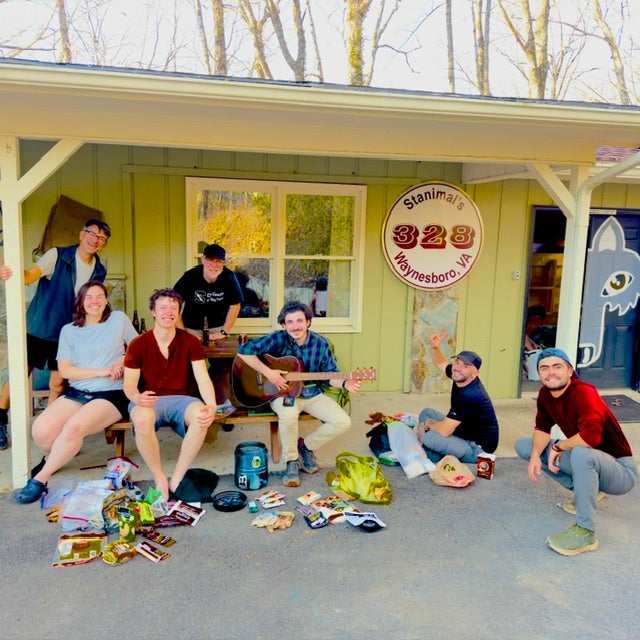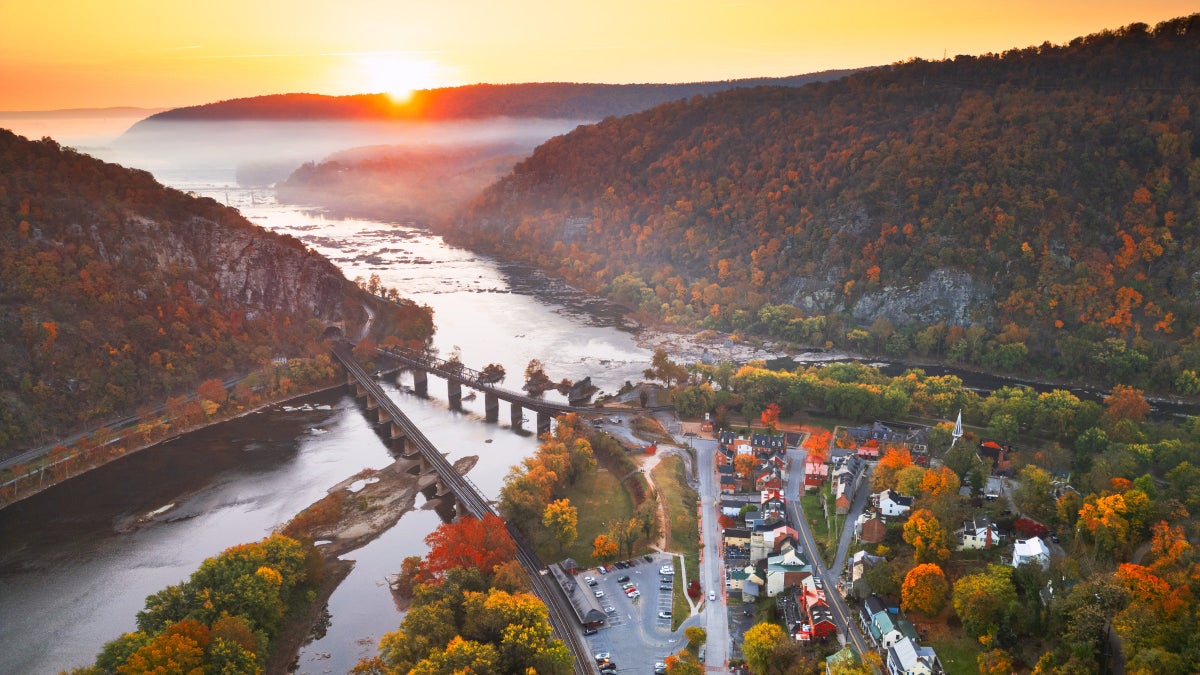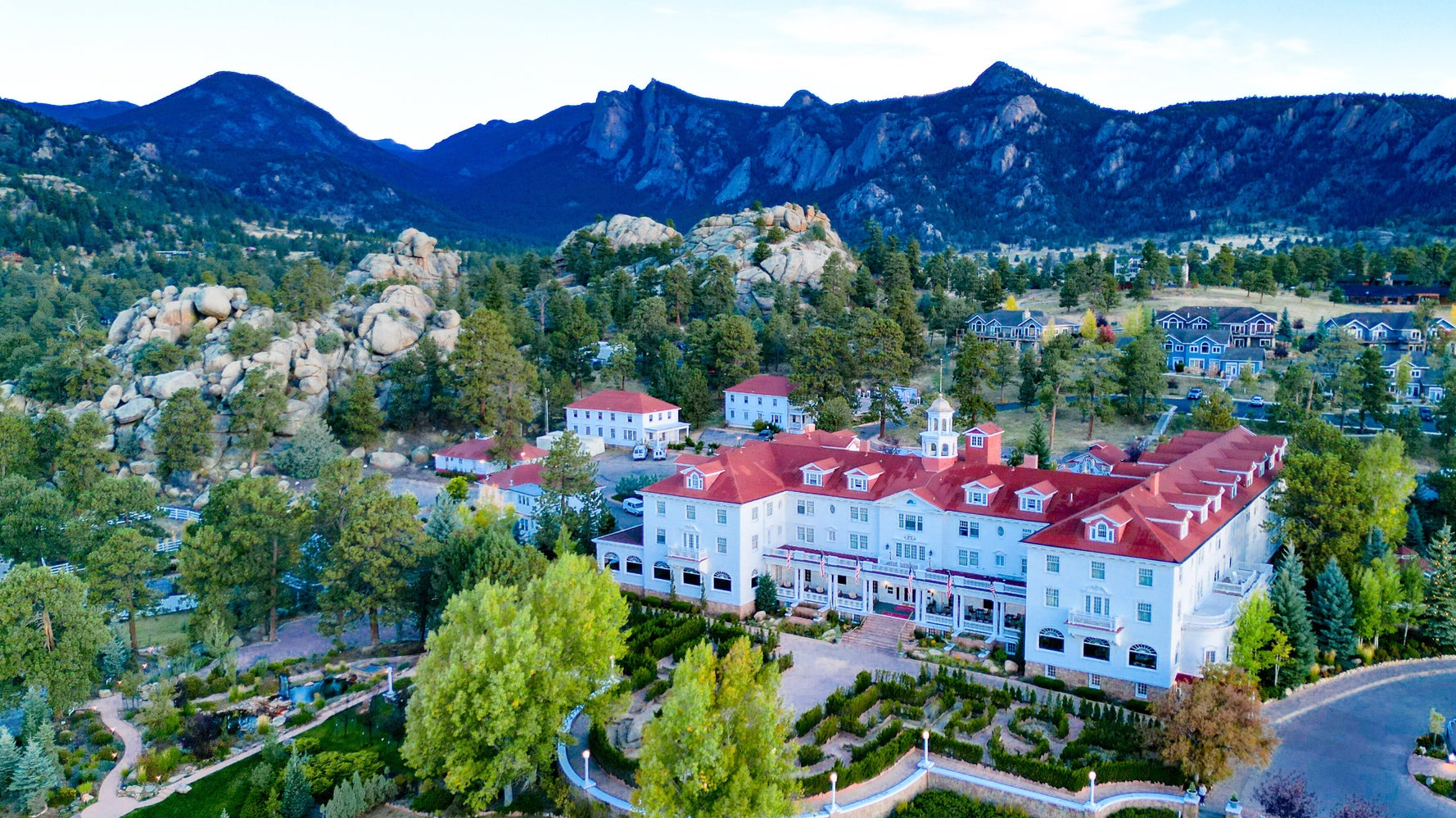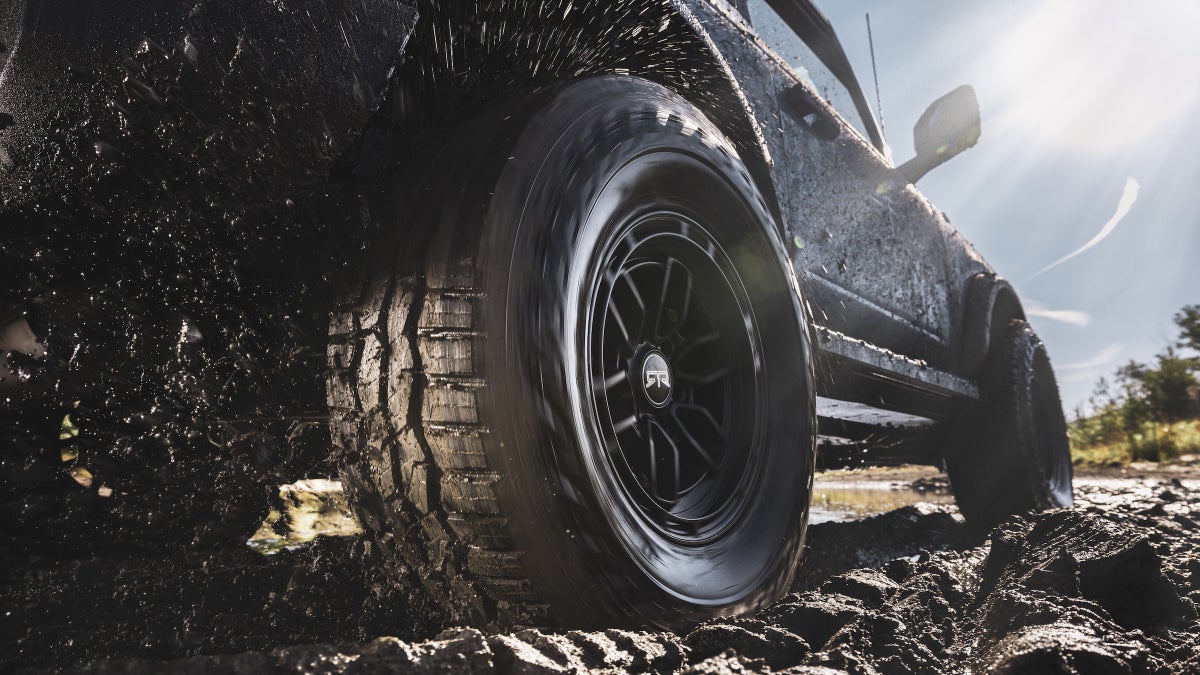
Trail towns play an outsize role in a thru-hiker’s journey. Serving as celebratory checkpoints, physical pit stops, resupply junctions, med centers, and social refreshers, some mountain communities have gained a reputation as legendary, near-mythic stopovers.
But longtime trail town residents and veteran hikers say that far too many long-distance trekkers—and especially newbs—fail to fully capitalize on the resource. And that’s to their detriment.
The Appalachian Trail Conservancy (ATC) estimates that “just one out of every four people that set out to thru-hike the AT each year will make it,” says Adam Stanley, who owns three hostels along the southern half of the fabled route. “We experience that attrition firsthand at our two Virginia locations and I’d say at least half of [those failures] boil down to people not fully taking advantage of their time in town.”
Here, he and other thru-hikers and trail town fixtures share their top do’s and don’ts for backpackers passing through.
Trail Town Residents Want You To Succeed
Designated trail communities on long routes like the AT worked hard to achieve that distinction from cooperative management groups like the ATC. The recognition awards cities and towns for providing excellent resources to hikers and serving as exemplary trail stewards. And most locals know and care about it.
“This community loves thru-hikers and is extremely proud of our designation as an Appalachian Trail Community,” says Franklin, North Carolina, resident Cory McCall, who owns hiker-centric gear shop, Outdoor 76. The trail attracts “people from all across the country and around the world, and thousands of them pass through here each year.”
The tourism influx is a powerful economic and cultural driver for the rural, 4,300-person town. Restaurants, shops, breweries, hotels, campgrounds, and businesses like McCall’s count on it for their livelihood. And those tax dollars help boost local quality of life.
“The vast majority of people that live here will go out of their way to make sure hikers feel welcome,” says McCall. Furthermore, “we’re used to people passing through and that depth of experience makes us not just uniquely qualified, but willing to take the time to help out.”
McCall says that, when it comes to hiker help, hostels and outfitters are like de facto visitor centers. “People don’t start these businesses to get rich, because that ain’t gonna happen,” he says. “We do it because we love the culture; we’re really just hikers helping hikers.”
Stanley agrees. He launched his flagship Stanimal’s 328 Hostel & Shuttle Service in Waynesboro, Virginia, in 2010. More than 10,000 thru- and section hikers have since passed through its doors.
“I think new hikers in particular are often too hesitant to ask for help or seek advice,” he says. “So my number one thing I would tell them is: We appreciate the amazing journey you’re on, understand its personal importance, and legitimately want to see you succeed.”
If a hiker has questions about daily mileage, needs advice for a tasty dinner spot, an open ear to air doubts, or help figuring out gear, he urges them to just ask.
“If we can’t answer a question directly or help out ourselves,” says Stanley, “we’re going to do our best to connect you to someone who can.”

Every Town Is Different, So Plan Accordingly
No two trail towns are built the same—and that’s a good thing. But it does necessitate some advance logistical considerations.
“It’s important to look at what resources are available where and at least make a loose plan around that,” says Larry Riddle, who hiked the AT multiple times before opening Crazy Larry’s Hostel in Damascus, Virginia, in 2007.
From a pragmatic standpoint, that means asking questions like: Does the town have a Walmart for a full-fledged resupply or just a tiny, locally-owned convenience store? Where’s the post office? Is there a brick-and-mortar outfitter that can help you troubleshoot or upgrade gear? Are there hiker-friendly hostels like Larry’s where you can send a two-day or overnight Amazon order while still on the trail?
Then it’s on to the fun part: Amenities and culture. “Every so-called trail town has its own unique local flavor and neat things to see and do,” says Riddle. “I think a lot of hikers tend to overlook that aspect of [the long-trail experience], because they’ll go in with these presuppositions and kind of lump all of these communities into one barrel.”
Damascus, for instance, offers exquisite trout fishing and sits on a staggeringly scenic rail-to-trail route. Roanoke, Virginia, boasts a killer craft brewery and restaurant scene. Harpers Ferry, West Virginia, pairs beautiful historic Colonial architecture with amazing kayaking on the Potomac and Shenandoah Rivers. The list goes on.
“I tell hikers to take some time to really immerse themselves in these towns or maybe even look at the next town over and check out what they have to offer,” says Riddle. After all, hiking a long trail is about having a badass adventure, not trudging nose-to-the-proverbial-grindstone for months on end.
“Look at it like a once-in-a-lifetime vacation,” he says. “Go into these places, take a little time off the trail, relax, and treat yourself to something different.”
Have Fun, but Be a Good Visitor
Yes, you’re on a bucket list journey and breezing through places you may never visit again. And spotting that big beautiful town limits sign after days of roughing it in the wilderness can hit like a clarion call from Bacchus himself. But that doesn’t give you permission to act like a would-be star of Spring Breakers Gone Wild.
“If you like to have a drink, that’s great, so do I,” says Stanley. But remember, alcohol and other substances can have an intensified effect after sustained, strenuous physical activity. “You just want to make sure you’re doing it in a way that’s responsible and being considerate of those around you.”
Like Waynesboro, lots of trail towns feature breweries, distilleries, and maybe a restaurant or sports bar. But there usually isn’t much in the way of a late-night party scene. Furthermore, that formerly notorious aspect of the thru-hiking experience, says Riddle, seems to be well on the wane.
“The amount of binge-drinking and partying seems to have gone way down over the past 10 years or so, and that’s a good thing,” says Riddle. “People go out, have a beer, listen to some live music at the brewery, but they’re back here hanging around the firepit by 10 and usually dead asleep by midnight.”
And remember: Many of the people you meet while you’re hanging out in town will be fellow thru-hikers and section hikers. You may see these people again, and you’ll want them to remember you fondly.
“These are the people you’re sharing the trail with,” says Stanley. “They’re going to talk to guys and gals like me—or those staying with me—about things they’ve experienced along the way. You don’t want to be the person who shows up that everyone has been warning people about.”
But Stanley and Riddle are quick to note such situations are exceedingly rare.
“The vast majority of people are out here behaving themselves, hiking their own hike, and having a great time,” says McCall. The number one rule is, “if you treat folks out here with kindness and respect, 99 percent of the time, that’s how they’re going to treat you.”
The post This Is What Trail Town Residents Want Thru-Hikers to Know appeared first on Outside Online.















